Contemporary Art and Italian Events: Quadriennale d'arte 2020 - FUORI
When we think of the city of Rome and its art, different historical periods probably come to mind: above all ancient Rome, the mature Renaissance of Michelangelo, Raphael, and perhaps the Baroque of Bernini, Borromini, and Pietro da Cortona. It is difficult, however, when thinking of Rome, to make a connection of ideas with contemporary art, with the second half of the twentieth century and with the sudden changes in art today. Yet the city has played a fundamental role in the creation of new languages of expression and in welcoming what was being created in other parts of the world. One need only think of the presence of major contemporary art institutions in the area, such as the historic 'Galleria Nazionale d'Arte Moderna', the MaXXi Museum, and the Macro; or the fabric of historic galleries that have nurtured new artistic concepts. All this is Rome, too, even if it is not easy to see it at first glance.

Rome Quadrennial
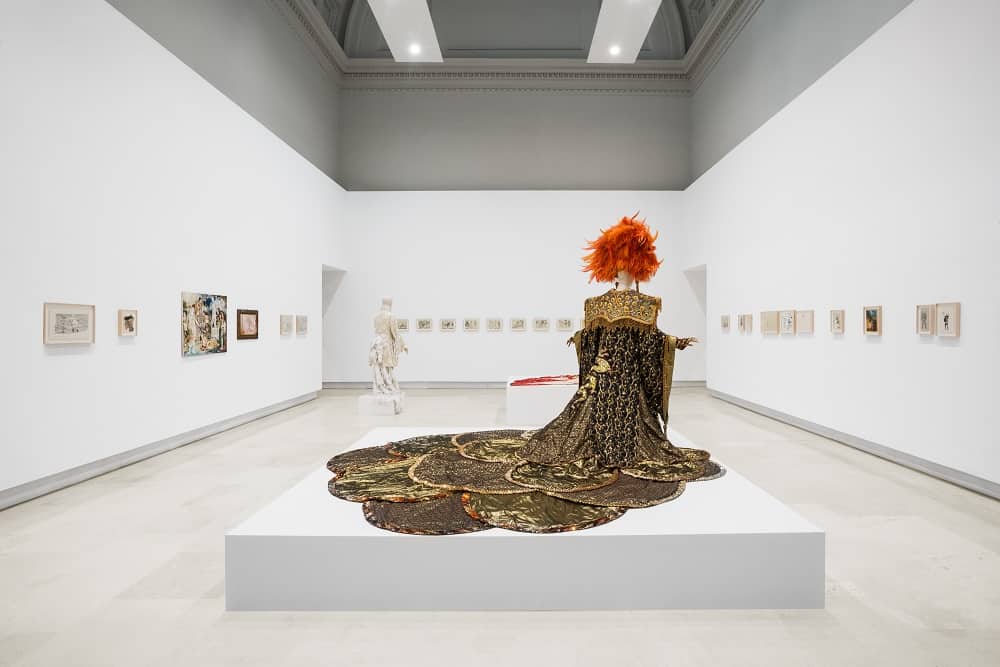
This is the context in which the Quadriennale di Roma is set, a cultural institution whose aim is to promote contemporary art and at the same time to be an incubator of new ideas; encouraging artistic production and the enhancement of the role of the artist in contemporary society. This is also a very old institution the first Quadriennale di Roma took place back in 1931 and was intended to focus on everything that was the national artistic production in a parallel way to what happened in Venice for the "Biennale" that however kept a look of international interest (Think about the construction of the art pavilions of the various countries in the Napoleonic gardens). Cipriano Efisio Oppo, an artist, art critic, and Member of Parliament of the Kingdom of Italy, as well as national secretary of the Fine Arts Union, was a key figure in the history of this event, which was also made up of ups and downs. He took on the administrative commitment to start this kermesse even at the cost of seeing his presence in exhibitions limited.
The first Quadrennial, with Cipriano Efisio Oppo as its director, took place on 3 January 1931 with considerable difficulty. Two juries of artists, one from the organizing committee and the other composed of representatives of the exhibiting artists themselves, selected the works to be exhibited.
The first to receive awards were the painter Arturo Tosi and the sculptor Arturo Martini. This extraordinary first edition also included personal exhibitions on Medardo Ross and Antonio Mancini.
The symbol of the Rome Quadrennial is the 'Palazzo Delle Esposizioni', built at the end of the nineteenth century to host art exhibitions and constructed as part of the urban modernization of Rome after the construction of the railway line nearby (today Termini station).
The XVII Quadriennale of Rome 2020/2021
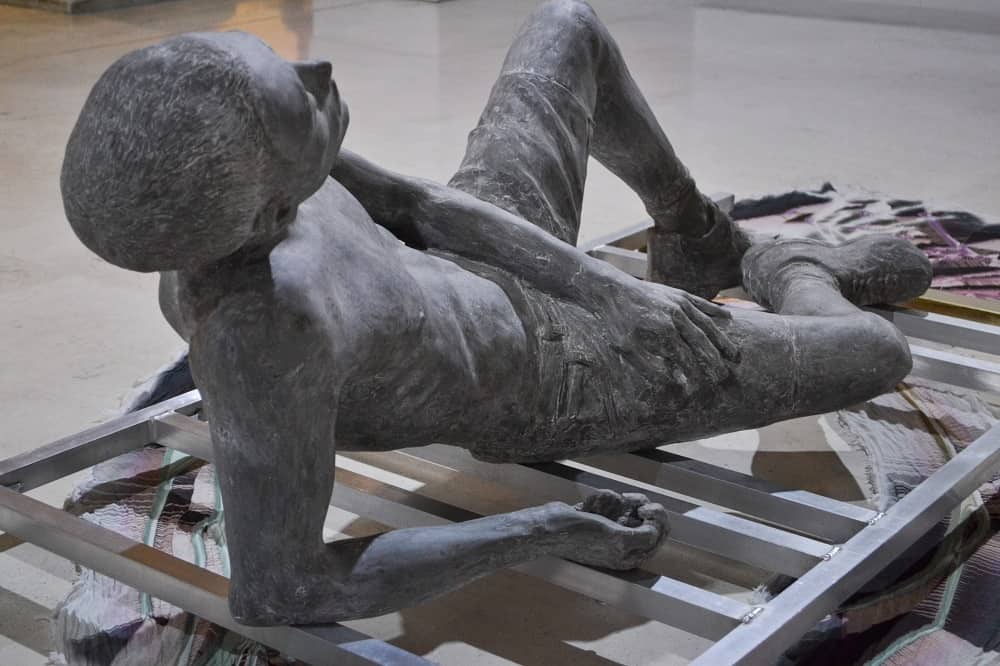
About 43 artists took part in this edition, with a substantial quota of young artists and a female presence. The whole exhibition aims to give a new reading of the art history of the last 50 years and at the same time to push aesthetic and social issues in the year of the pandemic.
The exhibition is the result of several years of visual research and contains sculptures, paintings, installations, videos, and other media.
The need for art in the era of the pandemic is even greater, and this exhibition is the perfect opportunity to choose to start again through contemporary art and visual culture.
The great festival will be open until 18 July 2021 and is completely free to the public. An event not to be missed
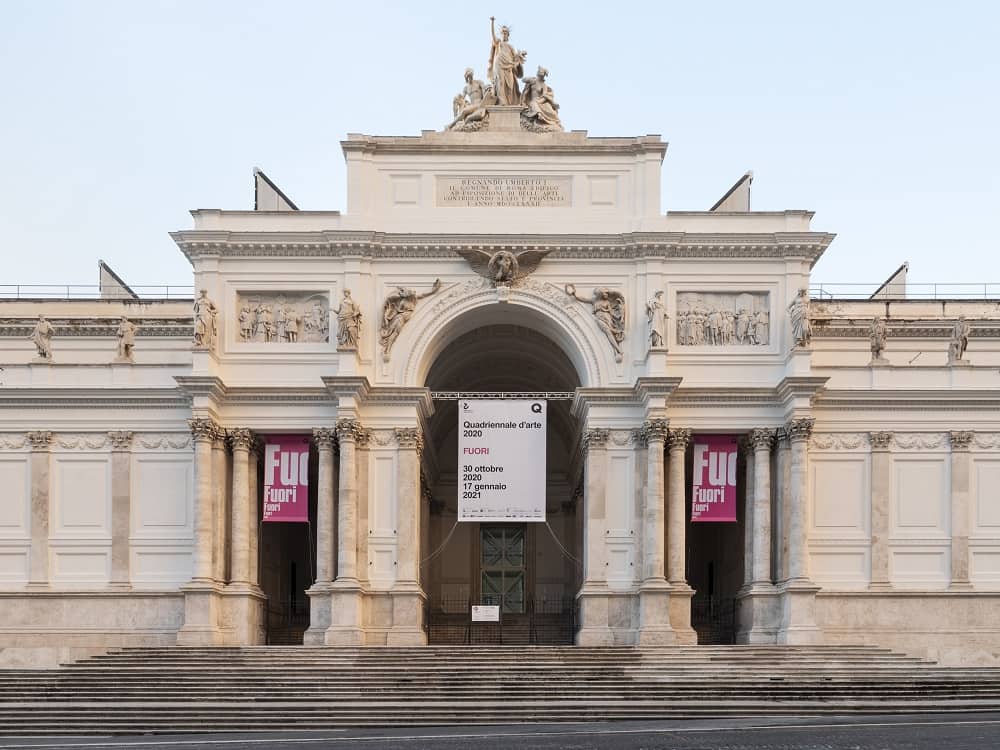
About the author
Written on 24/05/2021

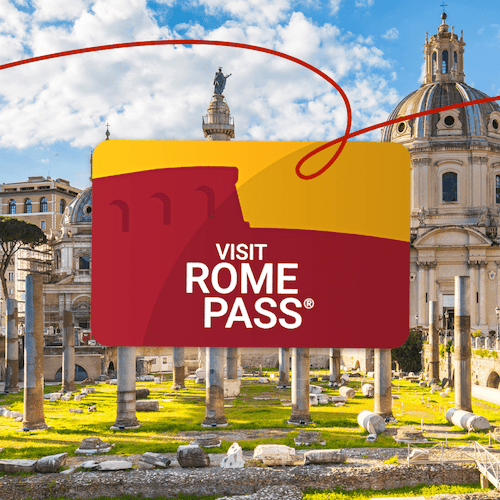
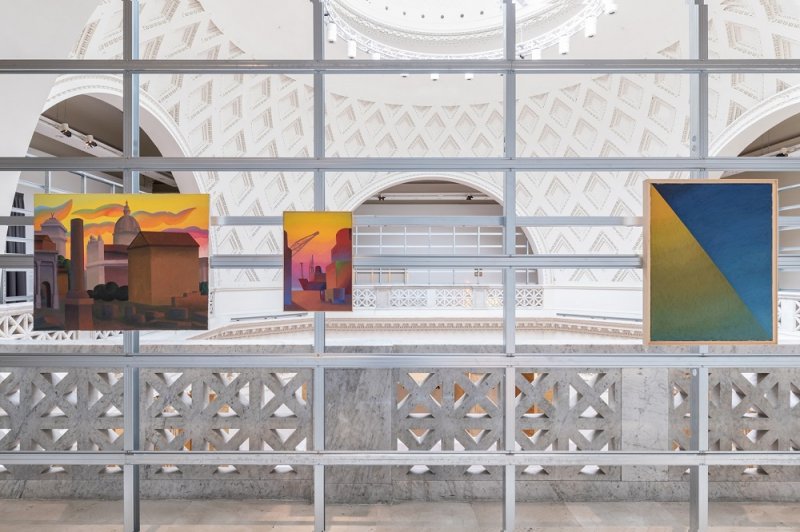

Emanuele Castellano
Quadriennale di Roma is set, a cultural institution whose aim is to promote contemporary art and at the same time to be an incubator of new ideas; encouraging artistic production and the enhancement of the role of the artist in contemporary society.